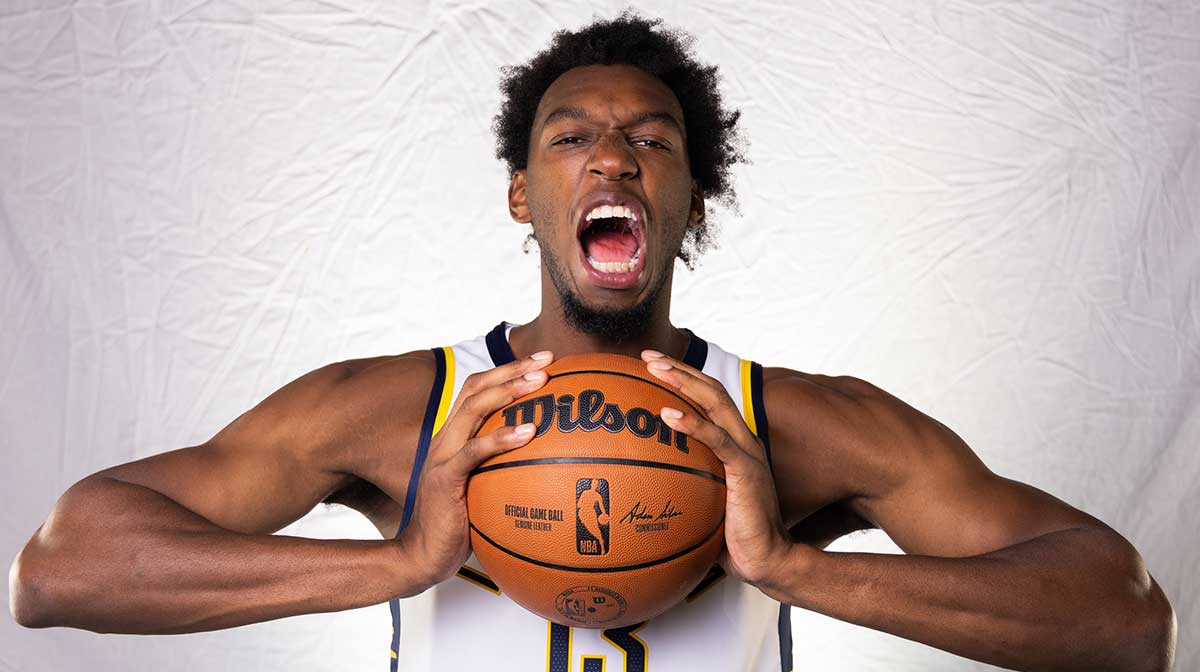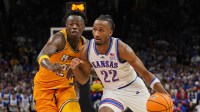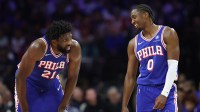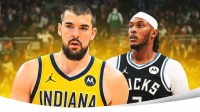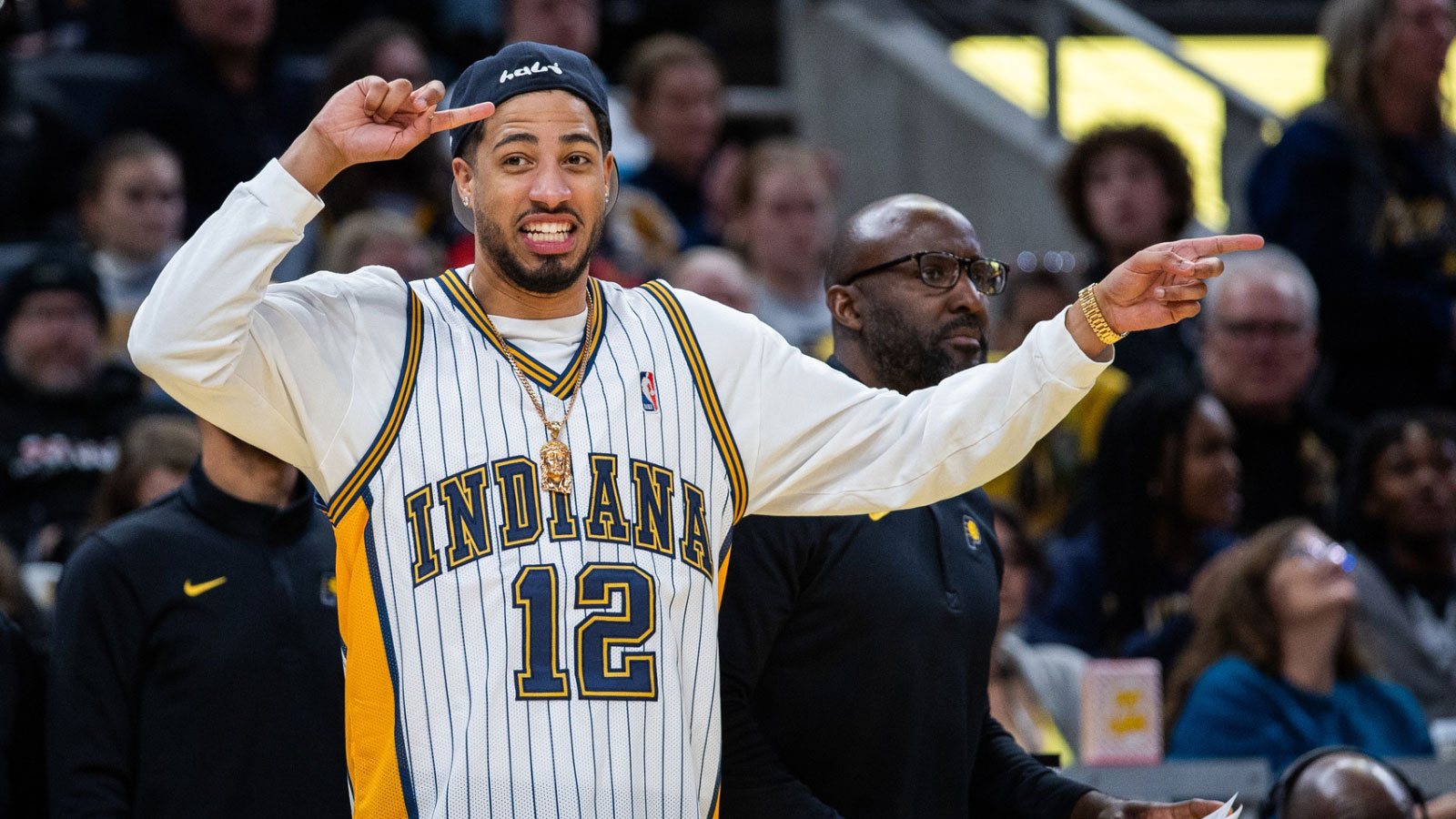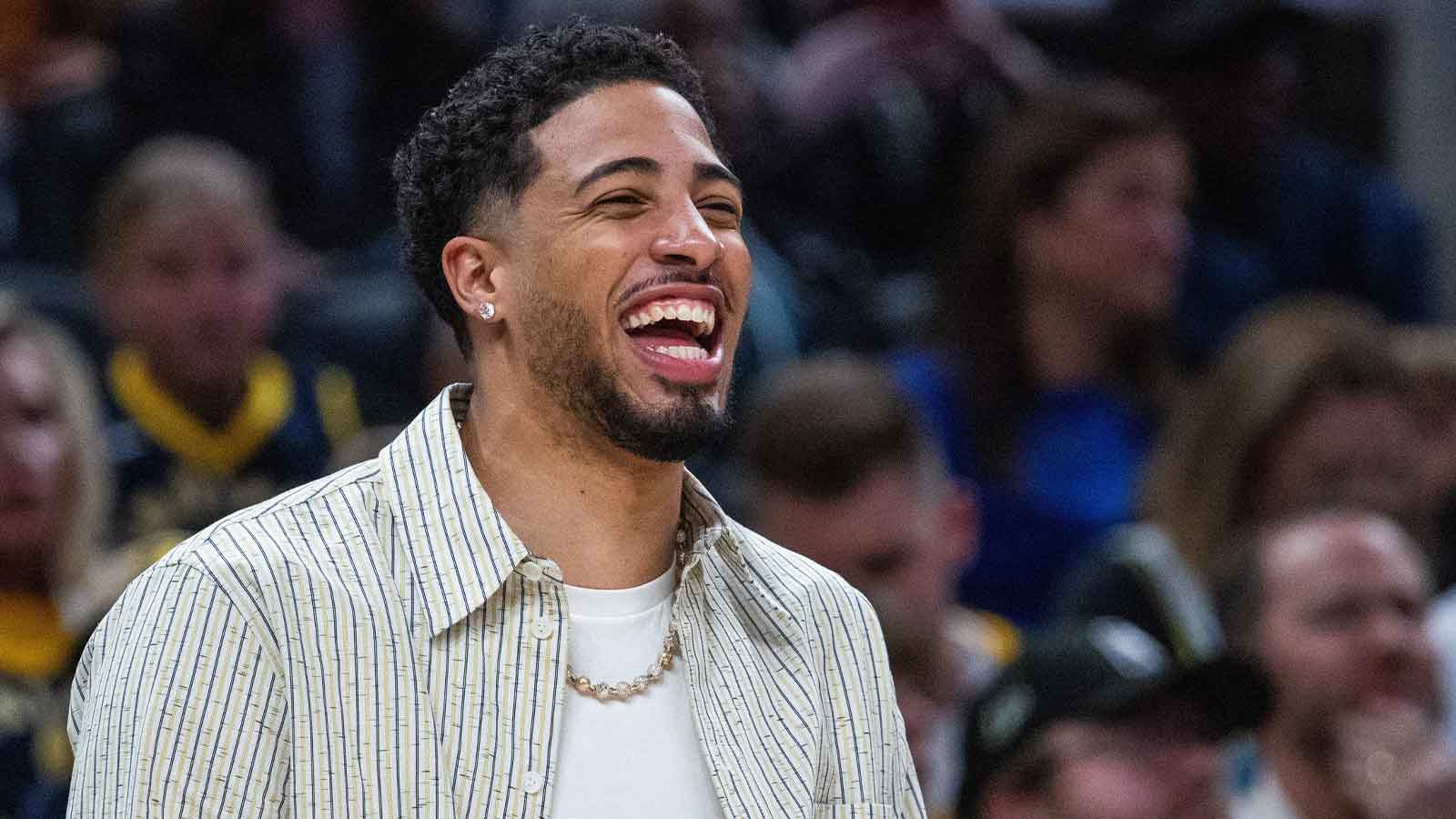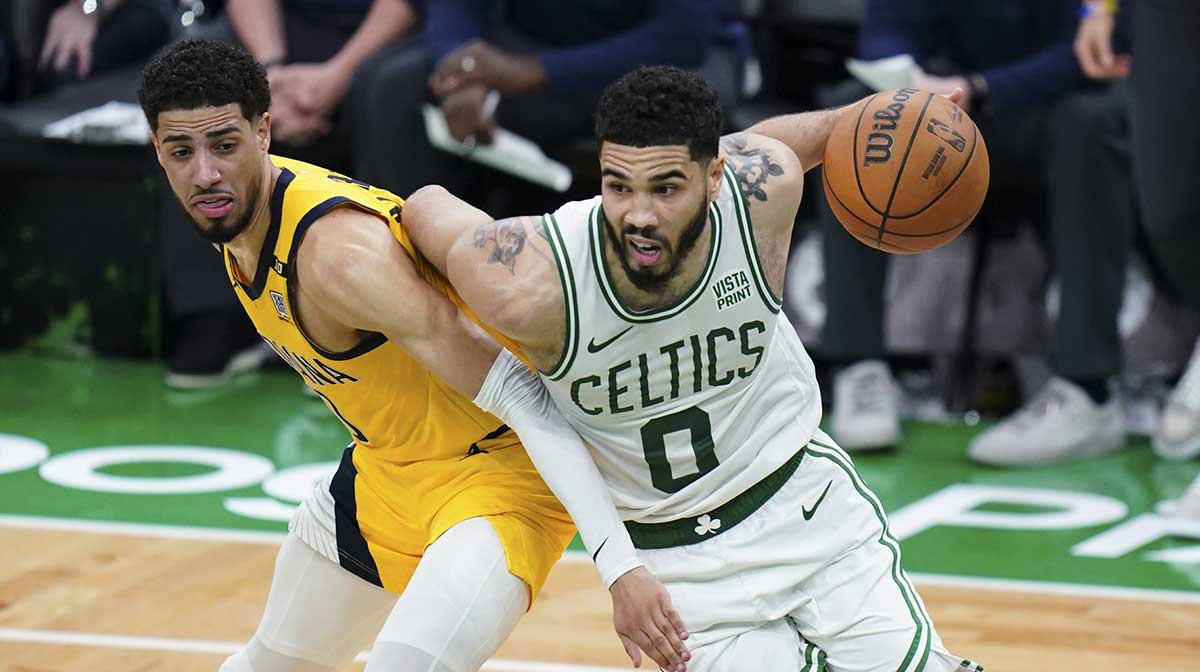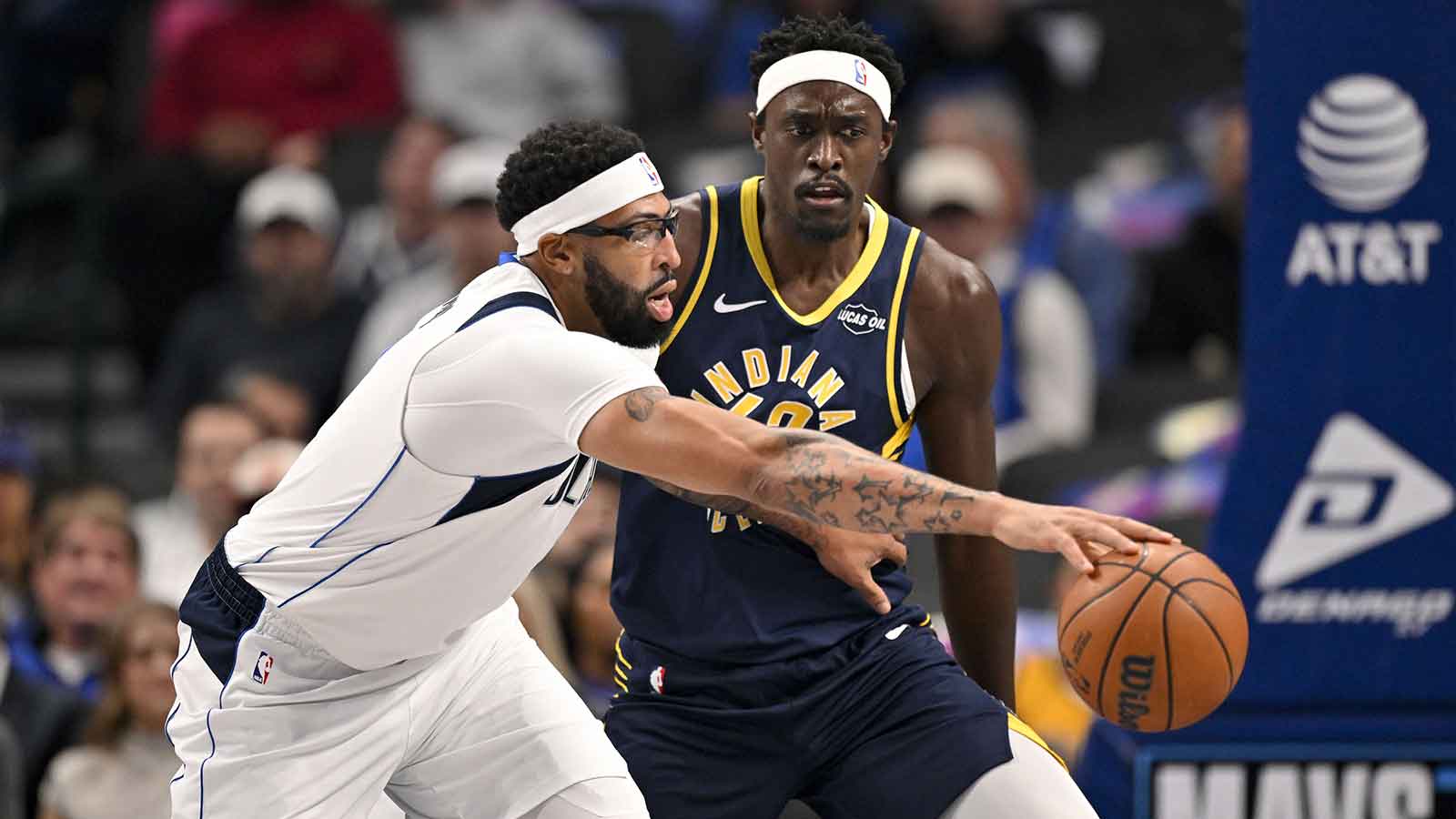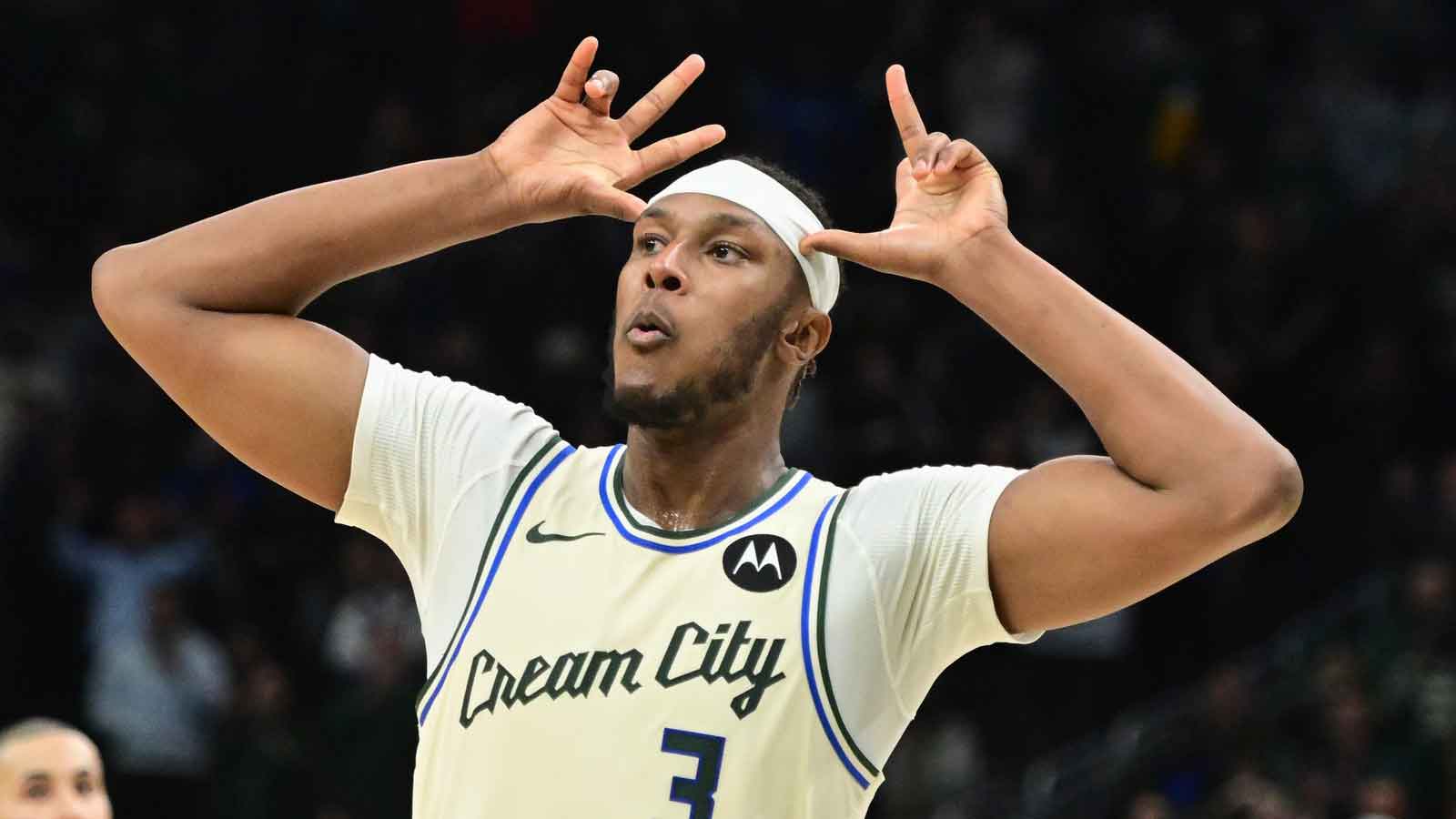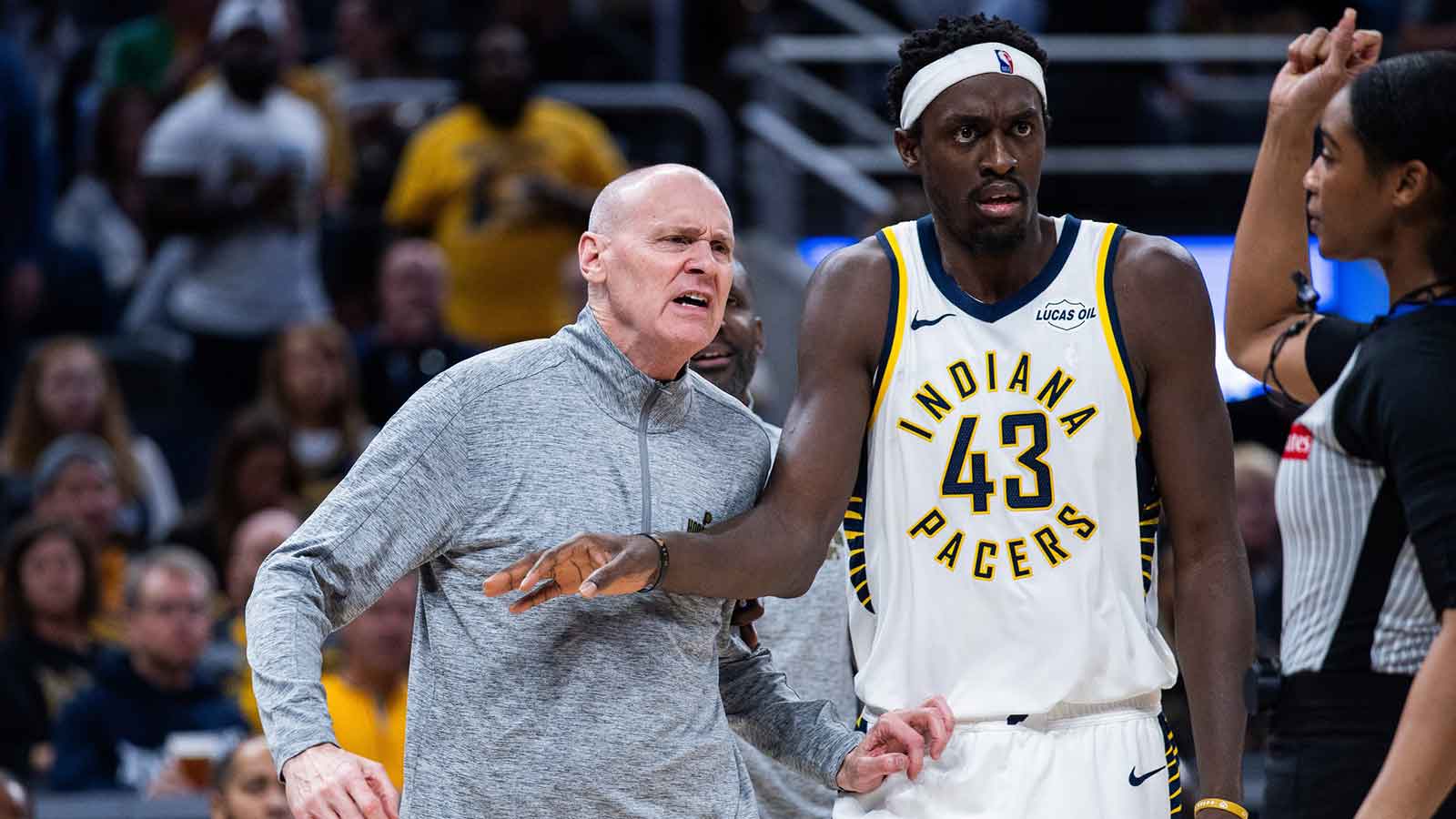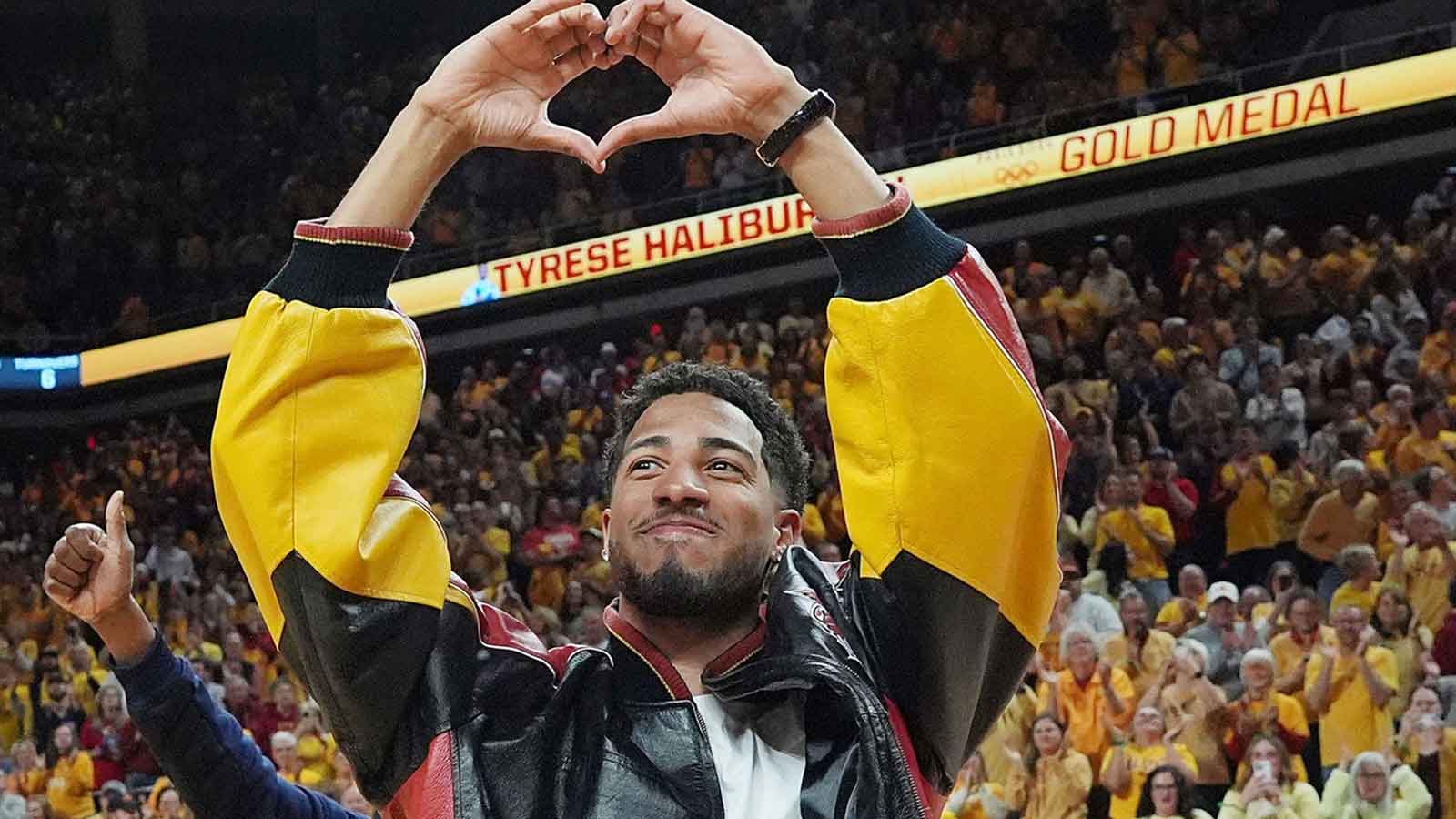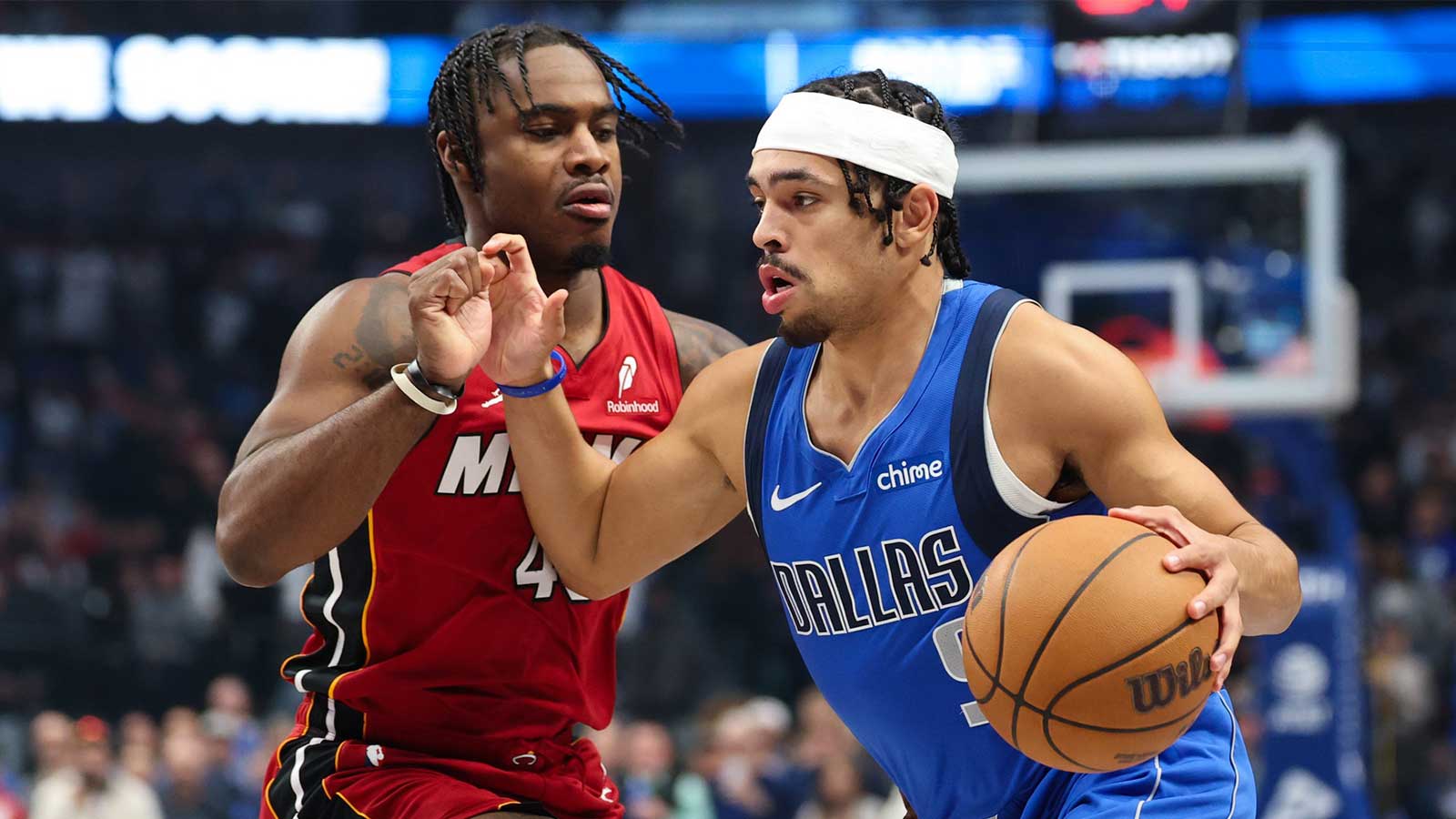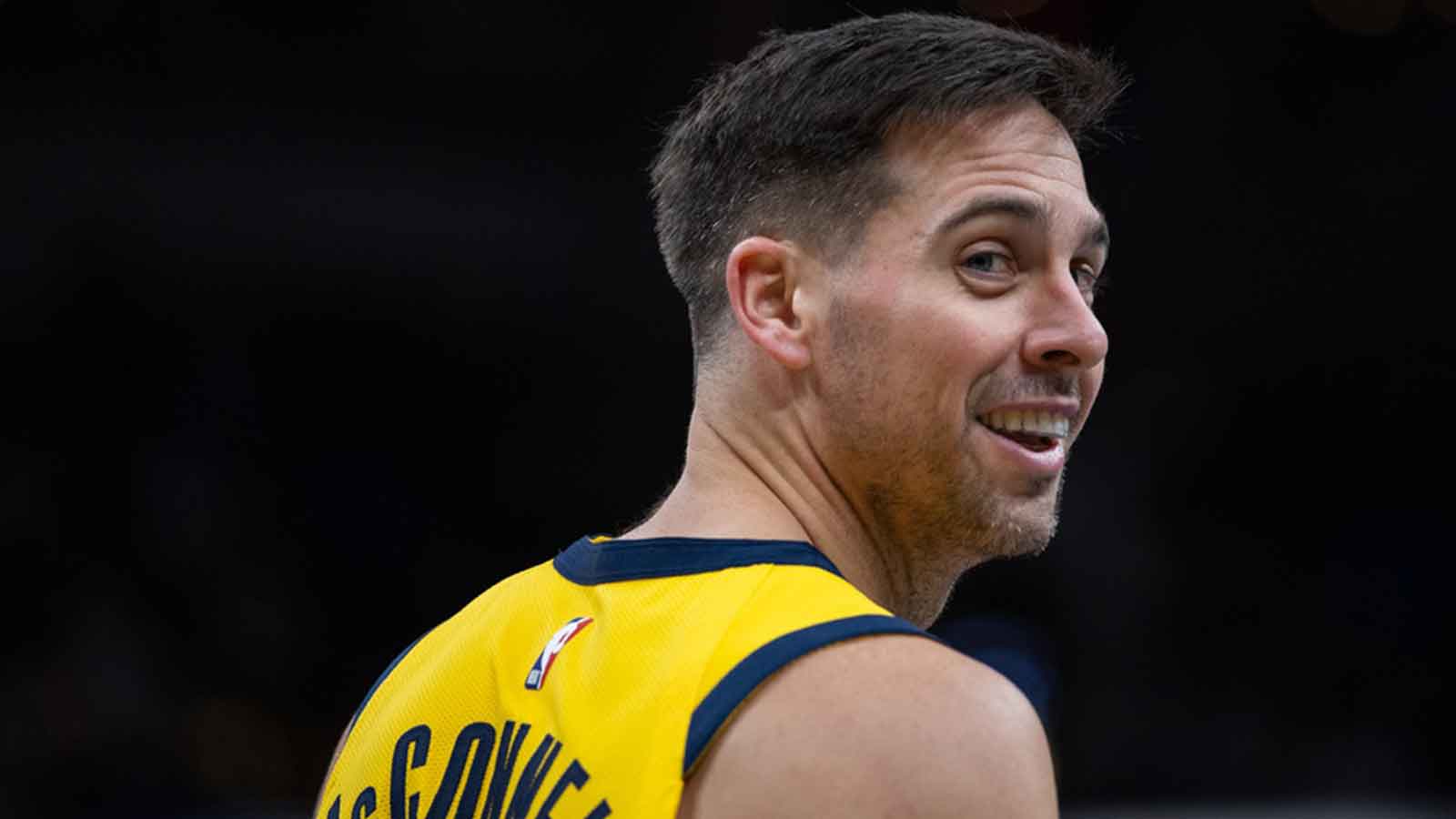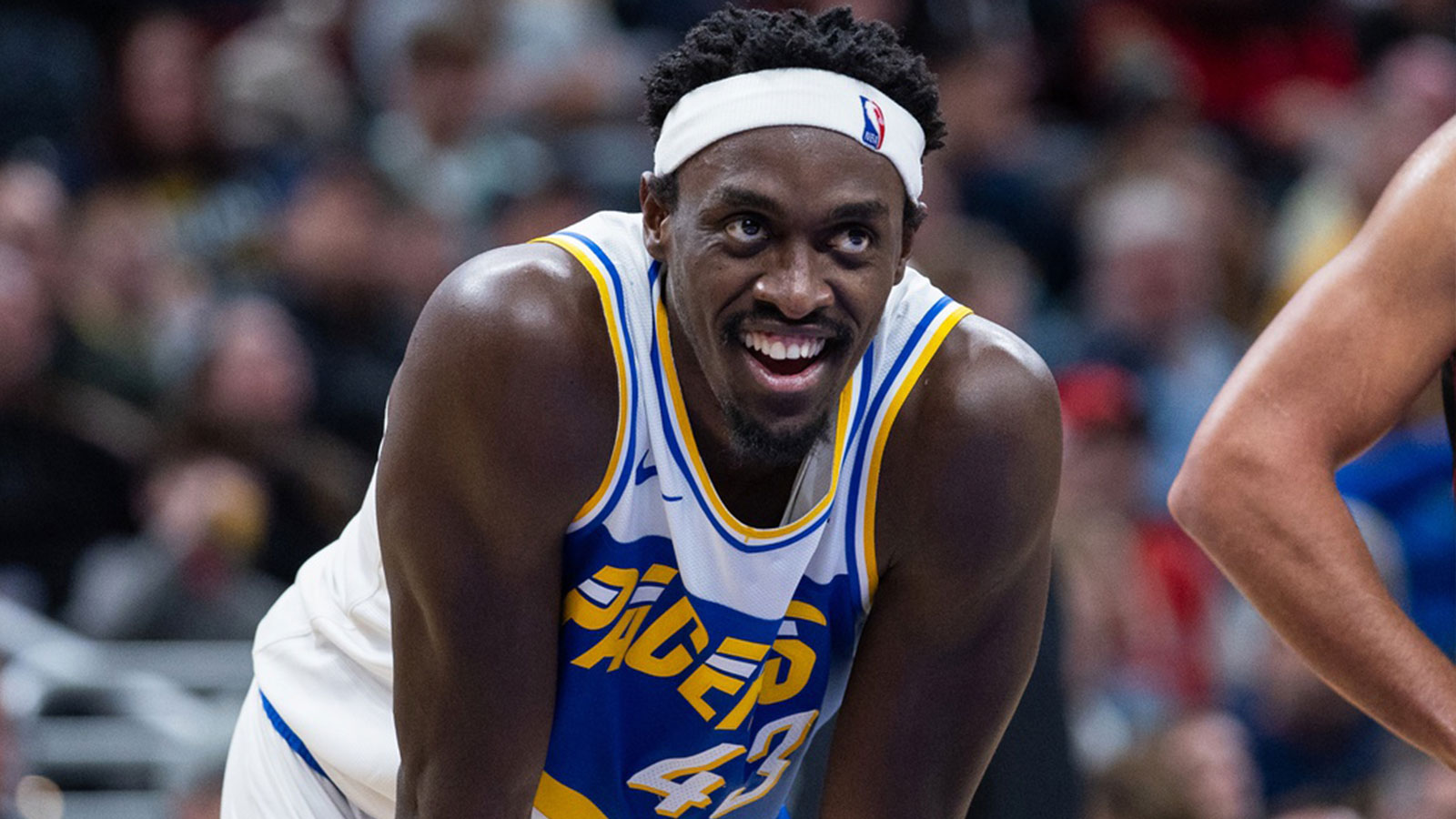The Indiana Pacers were one of the NBA’s best stories in 2024-25, shocking the league with a Cinderella run to the NBA Finals. But as the dust settles, the franchise now faces a dramatically altered landscape. Tyrese Haliburton – the team’s engine and All-NBA facilitator – will miss the majority of the 2025–26 season due to a torn Achilles.
As if that wasn’t enough, longtime defensive anchor Myles Turner departed in free agency, joining the Milwaukee Bucks in a surprising move. Now, Indiana’s front office is tasked with keeping the ship afloat, staying competitive in a tough Eastern Conference, and ensuring Haliburton’s eventual return doesn’t find the roster in disrepair. The Pacers responded with a mix of calculated risks and depth-building moves in the 2025 NBA free agency period, including a low-key trade for Jay Huff, and signings of James Wiseman, Isaiah Jackson, Tony Bradley, and rookie Quenton Johnson.
Let’s break down and grade every Pacers offseason addition and examine how these moves shape their short and long-term future.
James Wiseman (2-Year Deal)
James Wiseman put pen to paper today ✍️ pic.twitter.com/LTabWWK16p
— Indiana Pacers (@Pacers) July 7, 2025
Still just 24, James Wiseman is running out of chances to fulfill his immense promise. After an up-and-down tenure with Golden State and brief flashes in Detroit, Wiseman re-signed with the Pacers on a low-risk, short-term deal. This is a pure upside swing by Indiana.
Wiseman offers elite length, vertical lob threat ability, and improved rebounding — something Indiana sorely needs in Haliburton’s absence. But he still struggles with defensive awareness and foul trouble. The Pacers are betting that in a more defined role — perhaps as a backup to Huff — he can simplify his game and thrive.
This could be a sneaky good fit, but the grading stays cautious until he proves reliable on both ends.
Grade: B-
Isaiah Jackson (Re-signed)
“Isaiah Jackson, tough as nails.”
IJAX is coming back 💥 pic.twitter.com/TiJcDGgyJI
— Indiana Pacers (@Pacers) July 15, 2025
A familiar face returns. Isaiah Jackson re-signed with the Pacers on a modest deal after a season that saw him largely fall out of the rotation. Once considered a long-term part of the frontcourt, Jackson's trajectory plateaued over the last year. That said, his athleticism, rim-running, and shot-blocking still hold intrigue.
With Myles Turner gone and a committee approach to the frontcourt likely, Jackson has a chance to reassert himself. This is a solid re-signing, one that maintains developmental continuity and frontcourt depth.
Grade: B
Tony Bradley (1-Year Deal)
Tony Bradley enters as a journeyman big who can eat up minutes and provide a physical interior presence when needed. He’s not flashy and won’t be part of the long-term plan, but he’s a safe insurance policy for a frontcourt now leaning heavily on unproven youth.
Expect Bradley to be a third-string center who can start in emergencies, mentor younger players, and give Indiana some grit in spot matchups. Nothing more, nothing less.
Grade: C+
Quenton Jackson (Re-signed)
Quenton Jackson knocks down the three late in Q3.
12 of his 24 points came in the third. pic.twitter.com/rrAbU6j1iJ
— Indiana Pacers (@Pacers) July 10, 2025
Quenton Jackson, a 6-foot-5 combo guard who previously spent time with the Washington Wizards, re-signed with the Pacers on a low-cost deal aimed at bolstering their backcourt depth in the absence of Haliburton. Jackson appeared in 28 games last season in Indiana, primarily off the bench, averaging 5.8 points, 1.9 assists, and 1.6 rebounds in limited minutes. While his shot isn’t fully developed, he brings elite athleticism, defensive intensity, and an attacking mindset that fits the Pacers’ tempo-driven identity from last season.
Jackson is still a project on the offensive end, particularly as a jump shooter, but his defensive upside and motor give him a legitimate chance to crack Indiana’s rotation. With Haliburton out and the offense expected to become more deliberate, Jackson’s slashing ability and physical tools could become important, especially in transition-heavy bench units.
This is a low-risk flyer that gives Indiana another young guard to develop while also giving head coach Rick Carlisle more defensive versatility in the backcourt.
Grade: B
Jay Huff (Traded from Grizzlies)
Jay Huff incoming 💥 pic.twitter.com/HwKpjtumKl
— Indiana Pacers (@Pacers) July 8, 2025
Jay Huff may not be a household name, but the 27-year-old big man has quietly carved out a niche as a modern rim protector with shooting range. Last season with the Grizzlies, Huff flashed upside, recording multiple six-block games and shooting 40.5 percent from three on decent volume, earning him a move with the Pacers.
Replacing Turner was never going to be a one-player job, but Huff brings many of the same qualities that made Turner valuable: shot-blocking, stretch shooting, and positional discipline. He’s not the face of the franchise, but he could quietly become one of the most important players on this roster.
Huff can make 3-pointers and block shots, which is exactly what Turner did for the Pacers. He doesn't do either at the same level as Turner, but that doesn't mean he can't be valuable.
The Haliburton effect: Andrew Nembhard's time to shine
With Haliburton sidelined for the entire 2025–26 season, the Pacers will turn to Andrew Nembhard as their lead guard. While Nembhard lacks Haliburton’s speed and creativity, he’s a poised, high-IQ player who can run an efficient half-court offense. He’ll be supported by Bennedict Mathurin, Bruce Brown, and Aaron Nesmith, all of whom will need to take on more offensive responsibility.
The offense is expected to slow down, emphasize execution, and lean on depth rather than superstar flair — a major philosophical shift for Indiana.
Given the curveball of losing both Haliburton and Myles Turner, the Pacers' front office made the best of a tough situation. They avoided panic, retained flexibility, and invested in low-cost, upside-rich talent across the board.
This may not be a Finals-contending team anymore, but it’s a group built to compete, develop, and stay afloat while its star recovers. The identity is still forming, but the floor is higher than many might expect.

